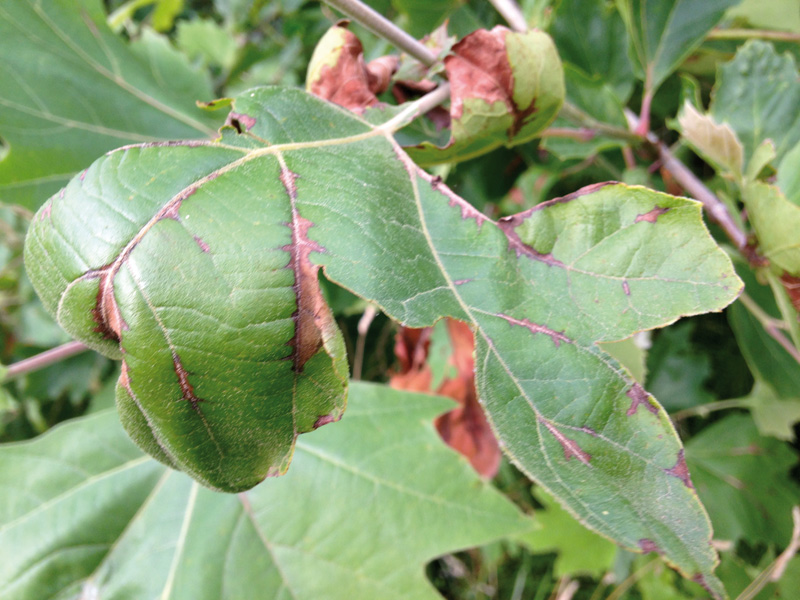

Blood is needed to constantly renew and remember the value of trees! That is how we are. We'll have a huge forehead and a very broad liver ... Not to mention thickness of the skin.
The bark has also wilted, almost completely, to a giant tree. A friend has given me the news with a very nice rage: the tragedy has taken place in the village of Monteux, in the department of Vauclus. One of the largest bananas in France, one of the largest, has died. It is a typical banana, Platanus x Hispanica, which according to the February measurement of this year had a waist of 8.23 meters, measured as usual, 1.3 meters from the ground.
The common banana is one of those trees that grow big if you give it peace ... Most are judged, beheaded, bounded and cut. Bananas, which are now so widespread, are the result of the alleged hybridization or mixing of two bananas. Platanus orientalis from Europe and Asia and Platanus occidentalis from America were mixed in Spain in the seventeenth century, when they were found... Hence the name of Platanus x hispanica. This intermediate “x” indicates that Platanus is a mixture of two species within the genus and the Hispanic word goes without saying. Since then, the common banana has been very abundant in urban areas around the world. The selfish English refuse to accept their Hispanidad and call Platanus x acerifolia to say he was wrong in London. All right!
Back to the old grandmother who died in Monteux, she is said not to have died at all. We are not talking about these animals, but we can talk about plants like this, calmly. Plants have to grow to live, unintentionally. And this banana has no value in providing you with new outbreaks or leaves. He believes he's trapped by the killer disease, and not being able to control it, he can't turn around for the last few days, poor grandmother. Apparently, Ceratocystis platani was affected by the disease known as the “red banana chancre”. This disease has no cure, as it kills the banana that reaches it in the space of six to eight years. He has killed thousands and thousands in France. In 2009 it was found in the Basque Country and the time has come for it to spread and spread. I didn't find it. But it's scary. Due to anthroposis (Apiognomonia veneta), our bananas are weaker, this year worse than ever. It seems to me that the chancre, in addition to the first, would easily kill him.